Do LED plant lights consume a lot of power?
How much electricity does the LED grow light use? Let's take a closer look.
It is not difficult to calculate how much electricity the LED grow lights use. The most difficult part is to gather all the information you need in order to make calculations. This is actually not difficult, because you only need two pieces of information, both pieces of information are easy to get: ① the actual wattage of the lamp, ② the number of hours of operation per day
The actual power consumption of the lamp should be easy to find. Any reputable manufacturer will provide this information. If calculated according to the PEE provided by Huahao, the total power of the light board (W) is calculated. If it is a 640W lamp, it is 0.64 kWh per hour and 15.3 kWh per 24 hours.
The number of hours the light is running is something you should know, but if you are trying to estimate the cost of running the light but are not sure how long it will run, please use the following numbers. If you are growing marijuana, your light should normally run 18 hours a day during the vegetable period and 12 hours a day during the flowering period.
Many lights have vegetable modes that reduce power consumption, so you may need to run two calculations: one for vegetables and flowering. For example, we have a dimmer for this calculation that allows you to reduce power consumption, which is something you might want to do when you are vegetables.
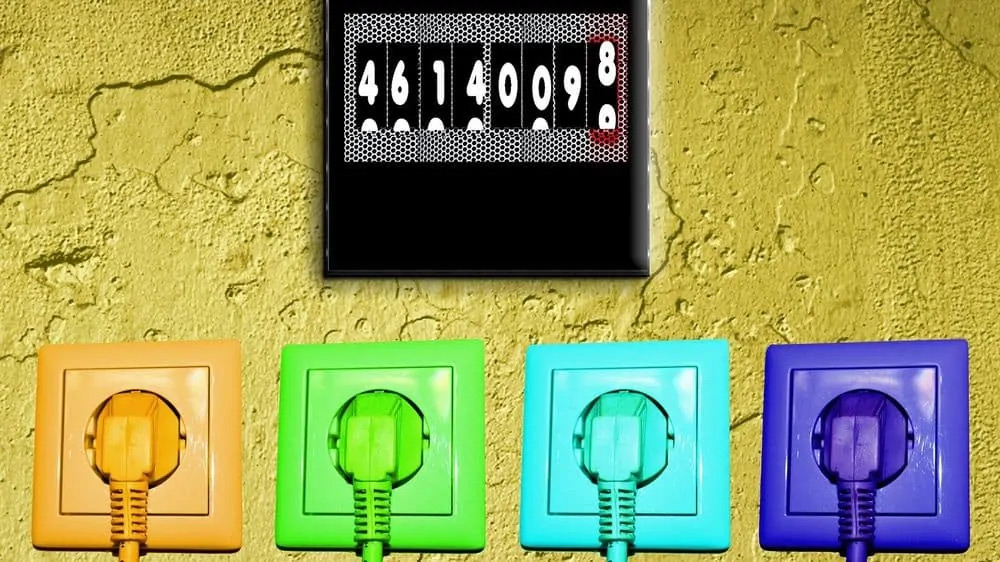
For the purpose of this calculation, we will calculate the electricity consumption during flowering. This means that the lamp is at full power (0.64 kw/h) and runs for 12 hours a day. Now we can calculate kilowatt hours (0.64 kw/hx 12 hours) by multiplying these two numbers together. This puts our power consumption at 7.68 kWh.
We can now use it to calculate the cost of running lights. In order to calculate the cost, you also need one piece of information: your electricity bill.
If calculated by Shenzhen’s 0.68/kWh electricity rate, which is equivalent to 0.435 yuan per hour, we will use this figure for calculation. This makes it cost us 0.64 x 0.435 x 24 = 10.44 yuan/day to run a 640 watt LED grow light every day. To estimate the monthly cost, multiply it by 30. This means that the cost of running this LED grow light is 313.34 yuan per month.
Let's see how it compares with the equivalent HID lamp.
A 640W LED plant light is approximately equivalent to an 800 watt HID lamp, although most people use it to replace a 1000 watt HID system. We will do the same calculation again using 800 watts, which is 0.800 kW/h. 0.800 kw/h provides us with 9.6 kwh 12 hours a day. Using the same electricity cost, our daily cost is 0.8 x 0.68 x 24 = 13.05 yuan. Our monthly expenses are 391.68 yuan.
If we subtract the number of LEDs above ($313.34) from $391.68, we can save 78.34 yuan per month for this LED plant light.
Remember, we used 800 HID watts in this example. If you replace 1000 watt HID lights with 640W plant lights, you can save even more. In addition, these are only savings in electricity costs. LED plant lights can actually save you money in other ways.
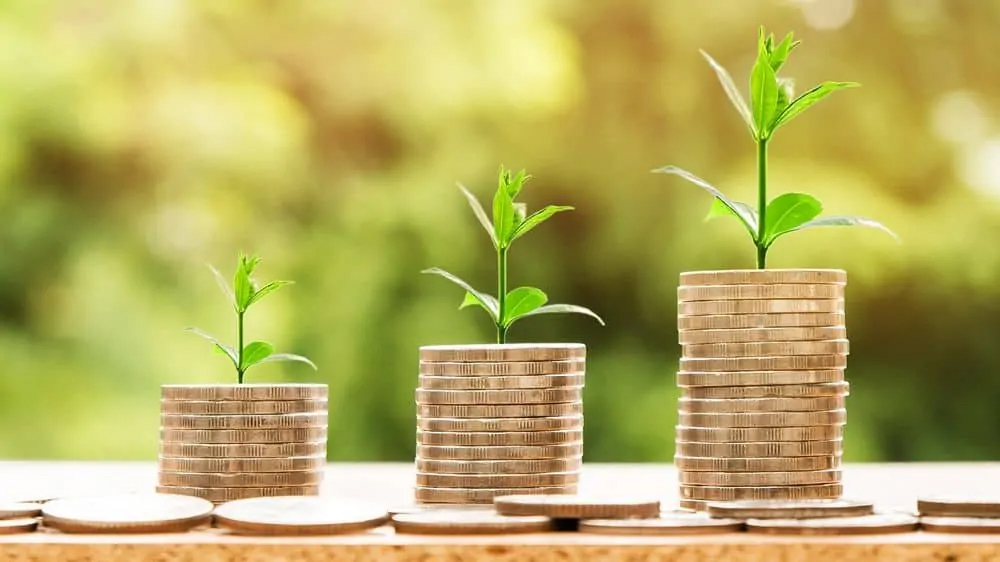
Additional cost savings for LED grow lights
Low power consumption is just a way to save money on LED plant growth lights. They can also save costs due to lower heat output and longer service life. The lower heat output means you don't need to work hard to keep the growth room cool. You don't need to buy so much ventilation equipment, and you don't need so much electricity to power the equipment.
In summer, HID lights usually require air conditioning. With LED, you may not need it at all, but even if you do need A/C, you don't need to run it so cold or so frequently. This leads to considerable power savings. But there is another side.
In cold climates, if you are using gardening LED lighting, you may need to heat the planting room because you will lose the heat of the HID light. Their heat output is usually enough to keep your plants warm in winter. More cost savings come from service life. The lifespan of LED plant growth lamps is much longer than HID lamps, and even longer than fluorescent lamps. Longer service life means you don’t need to replace the bulb every six months to a year. Good HPS bulbs and MH bulbs are not cheap. The money saved by not having to buy new bulbs often will really add up.
Finally, LED plant lights not only save money, but also make money. One of the great advantages of LEDs is that you can get the exact spectrum you need. The best manufacturers have tailored their lights to a perfect spectrum suitable for plant growth.
This means you don't have to pay for any light that the plants ignore (and thus wasted). This also means that your output will increase, both in terms of size and quality. Higher quality weeds are more expensive. Obviously, a greater harvest will always make you more money in your pocket. The key is to obtain an LED grow light that actually has the ideal spectrum for plants, while also being very efficient. Let's take a look at some lights that achieve these two functions.
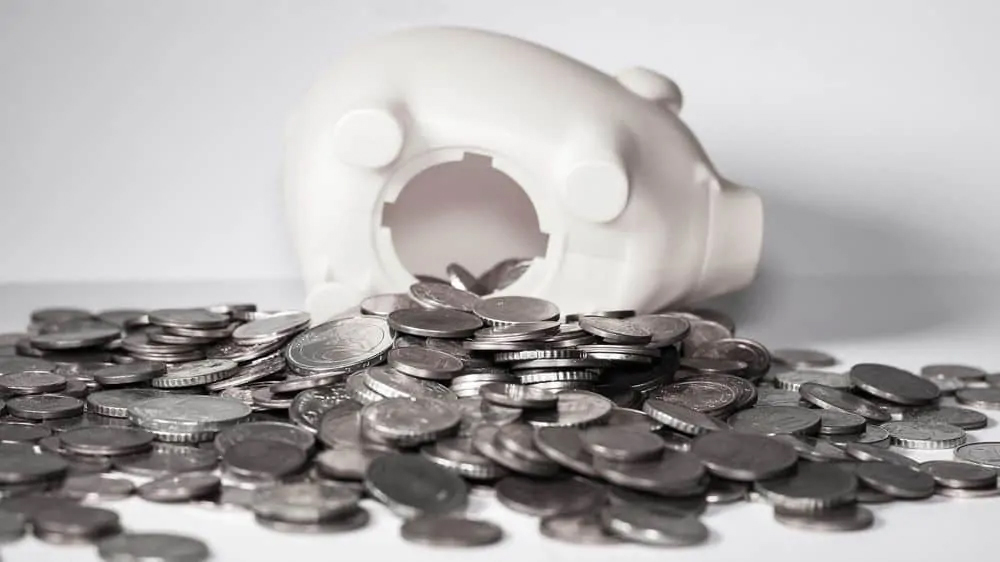
Which LED plant light is the most economical?
Obviously, those who use the least electricity can save the most money. But this is not a useful answer. What you really want is a lamp that can provide you with maximum output while consuming less power. In other words, you need as efficient light as possible. You also want it to have a perfect plant spectrum.
The most efficient lamp beads on the market today are those using COB LEDs and those using SMD LEDs. Both also have a large spectrum. COB has better penetration, but SMD can provide you with more uniform coverage and lower operating temperature.

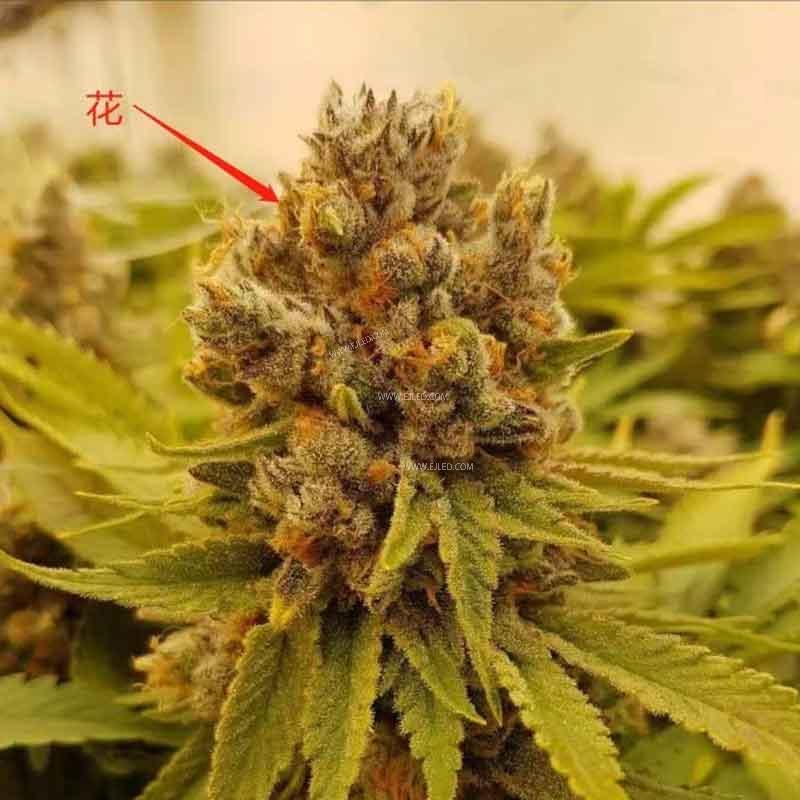
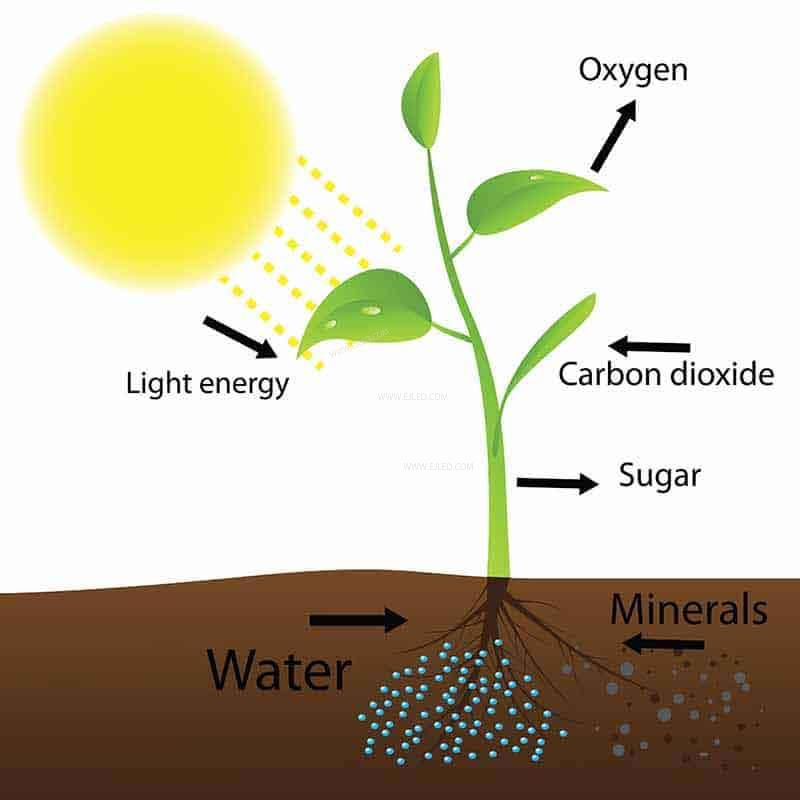

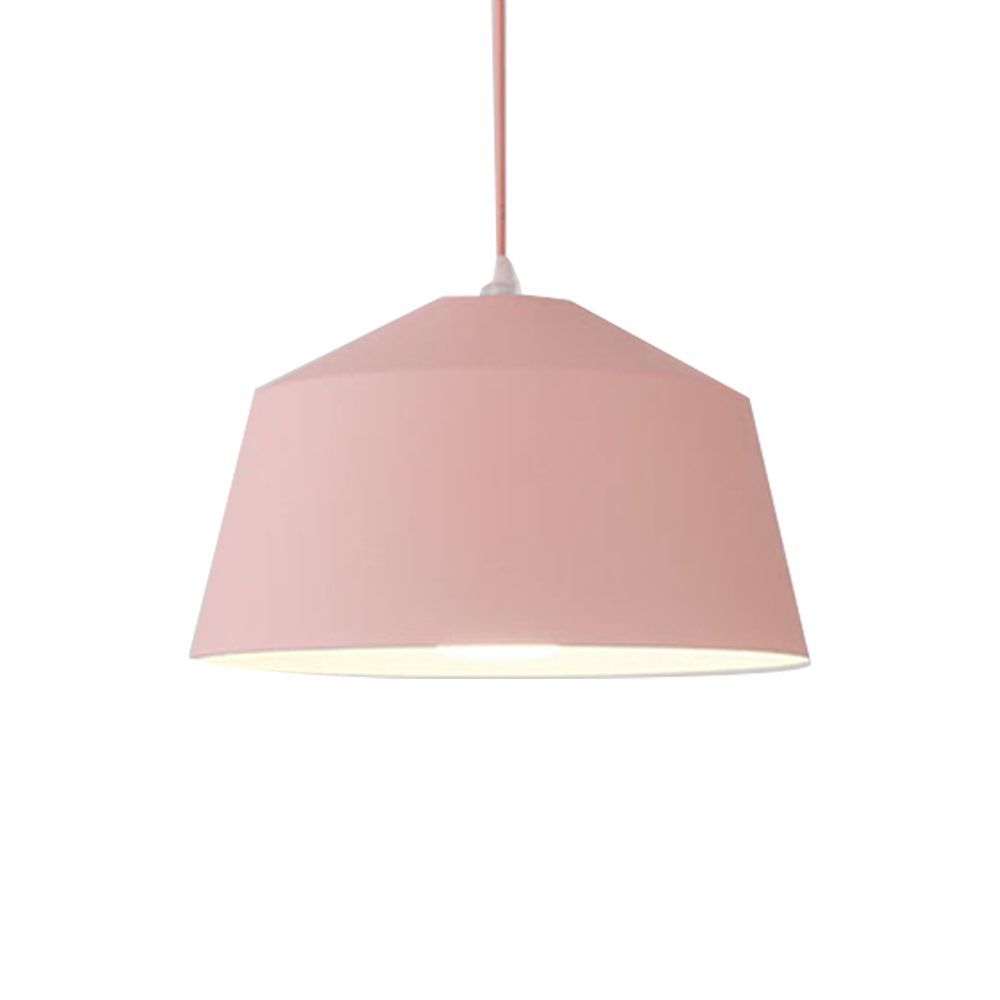
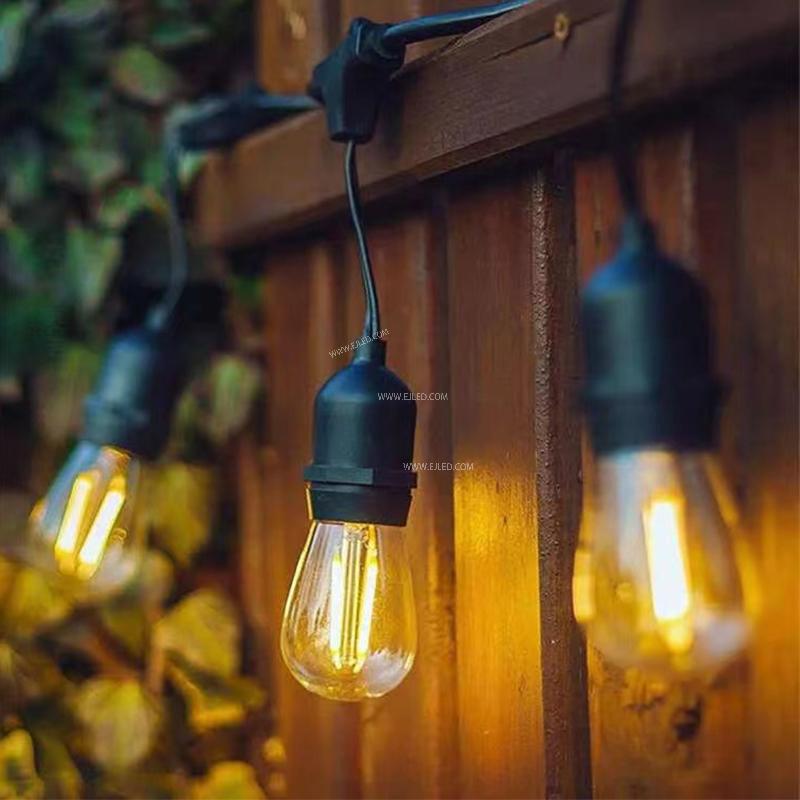

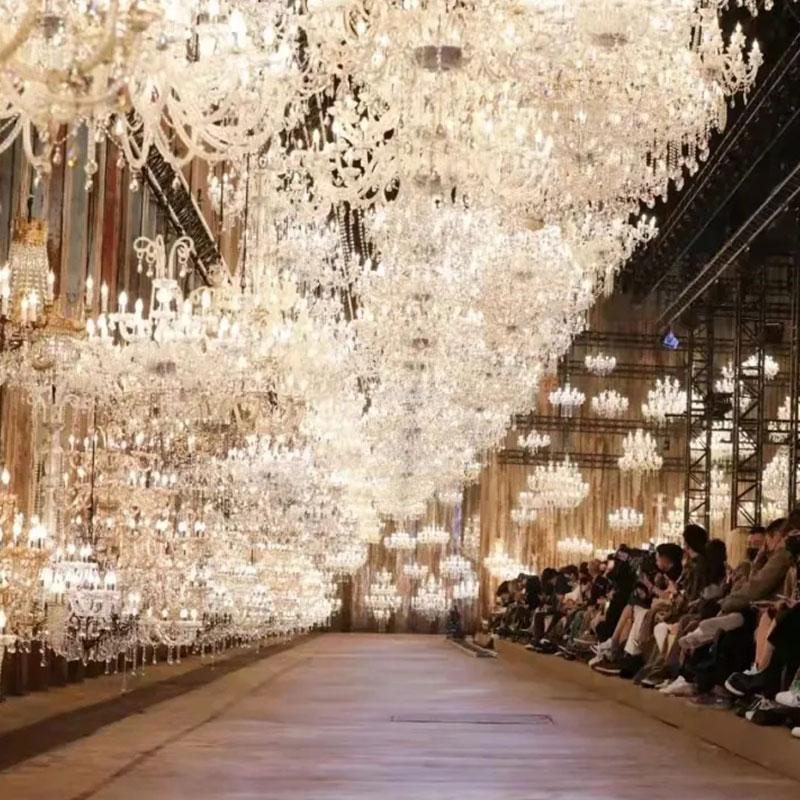

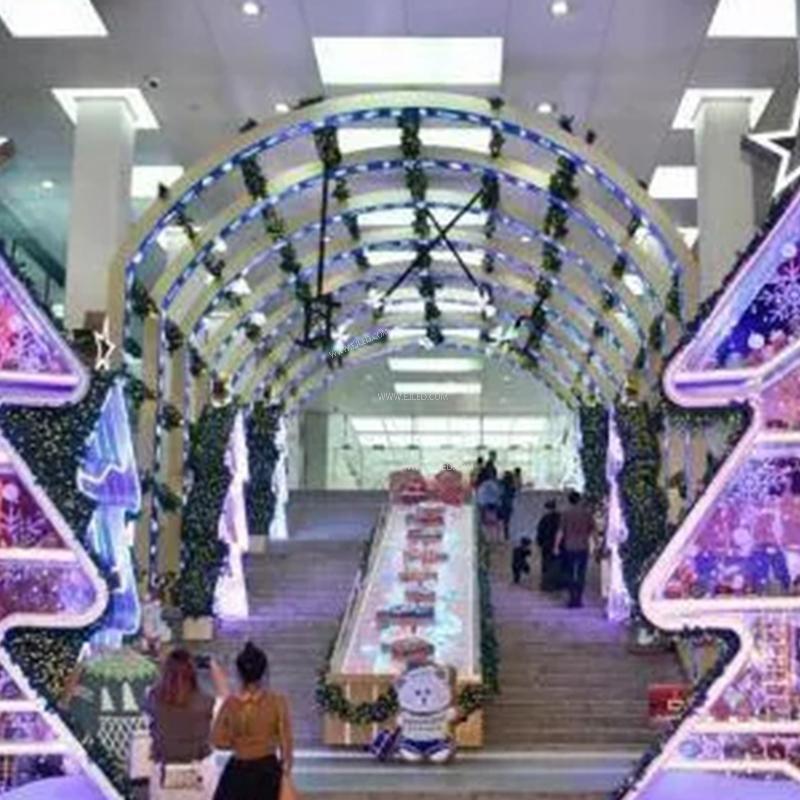
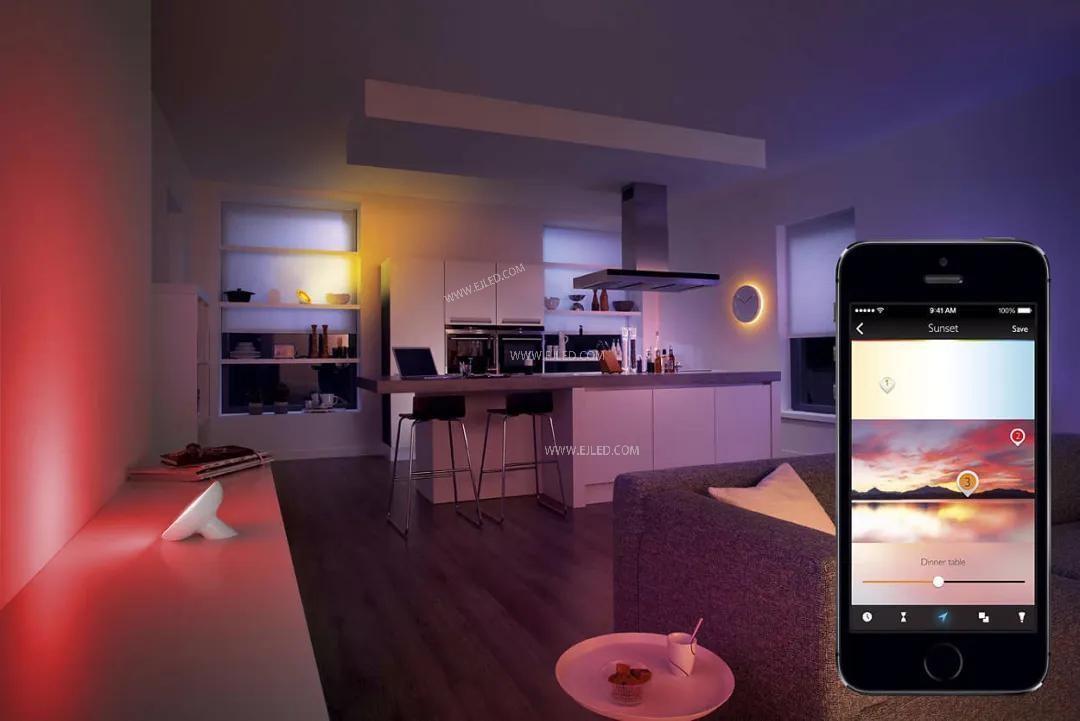

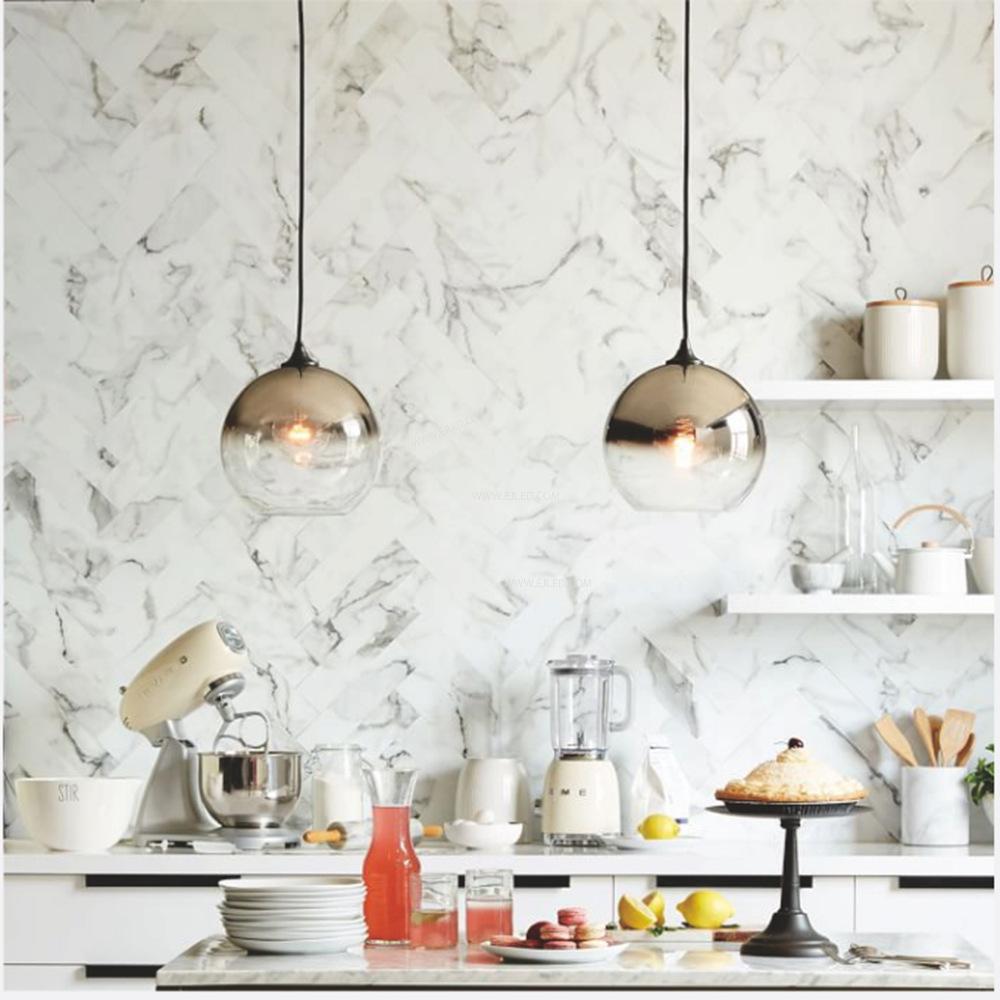
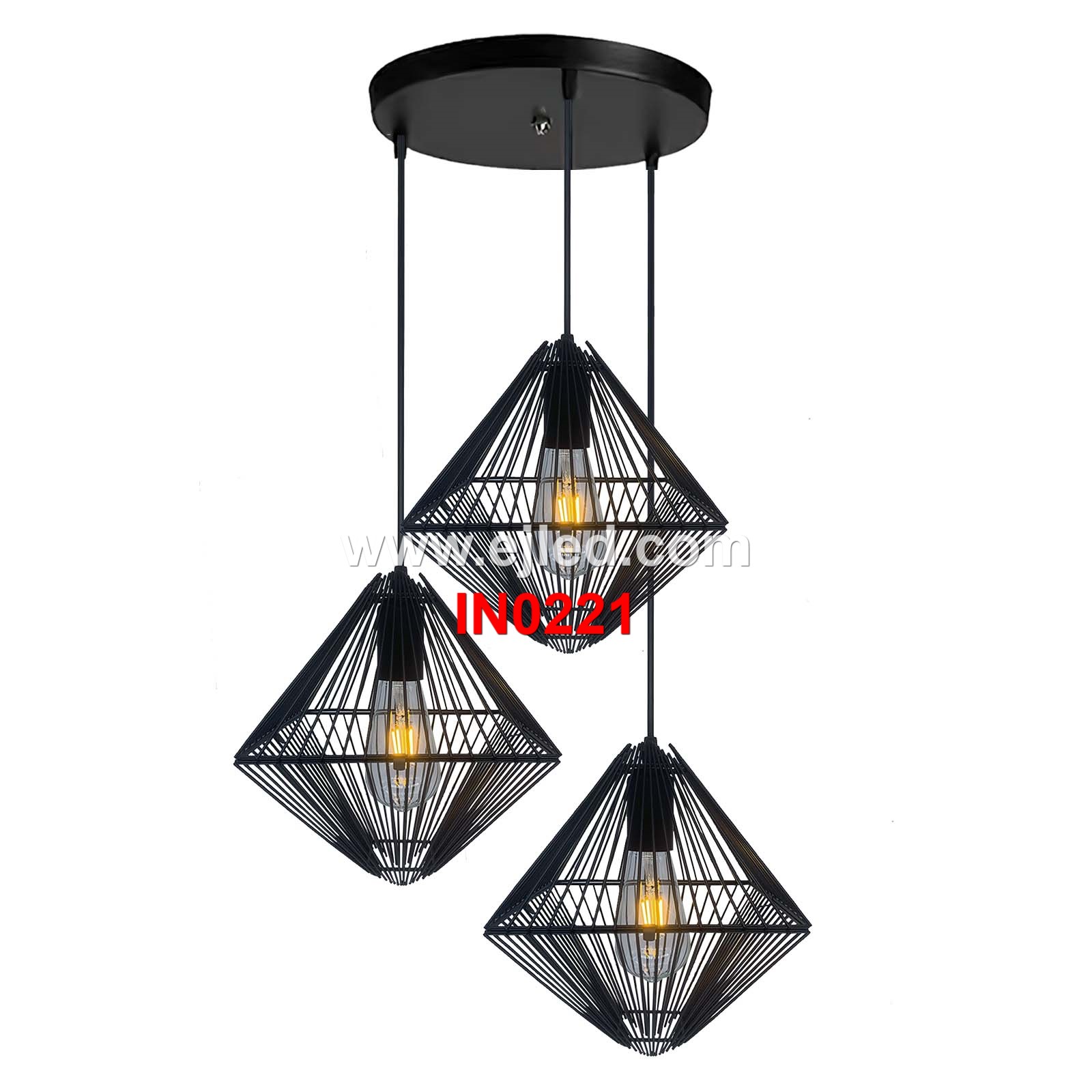
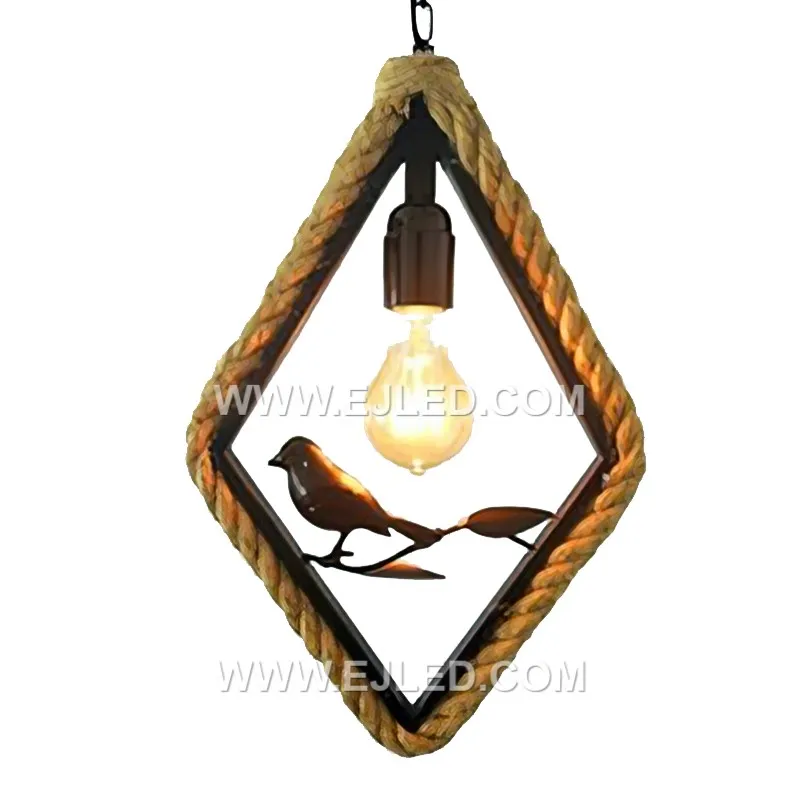
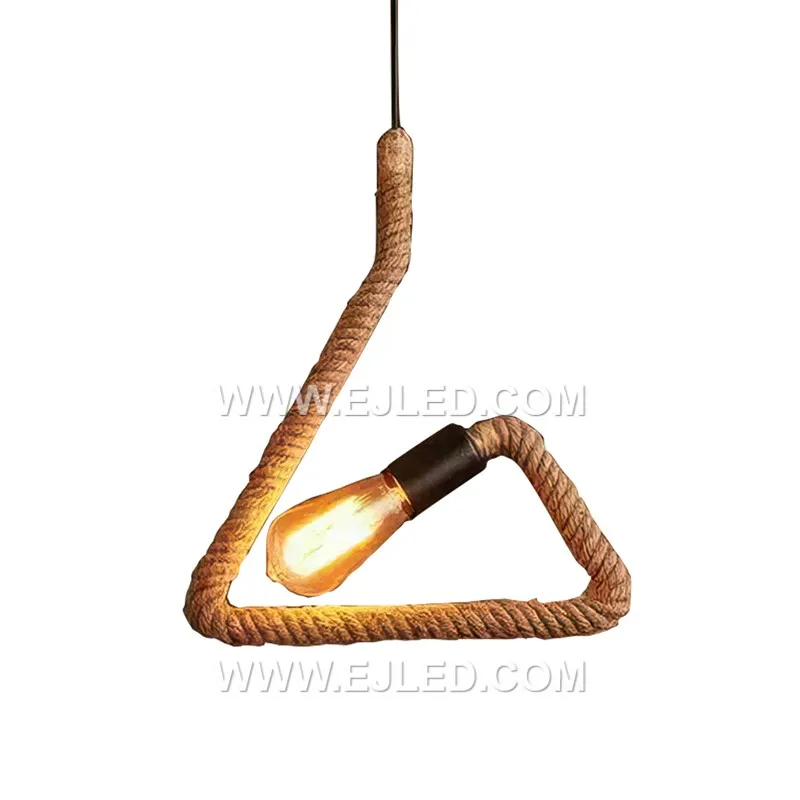
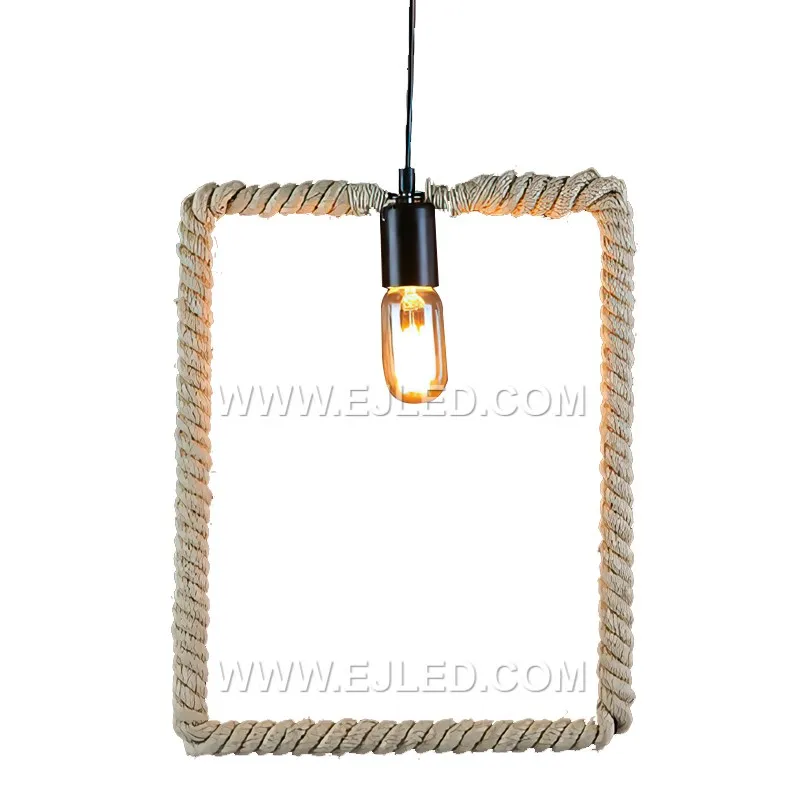
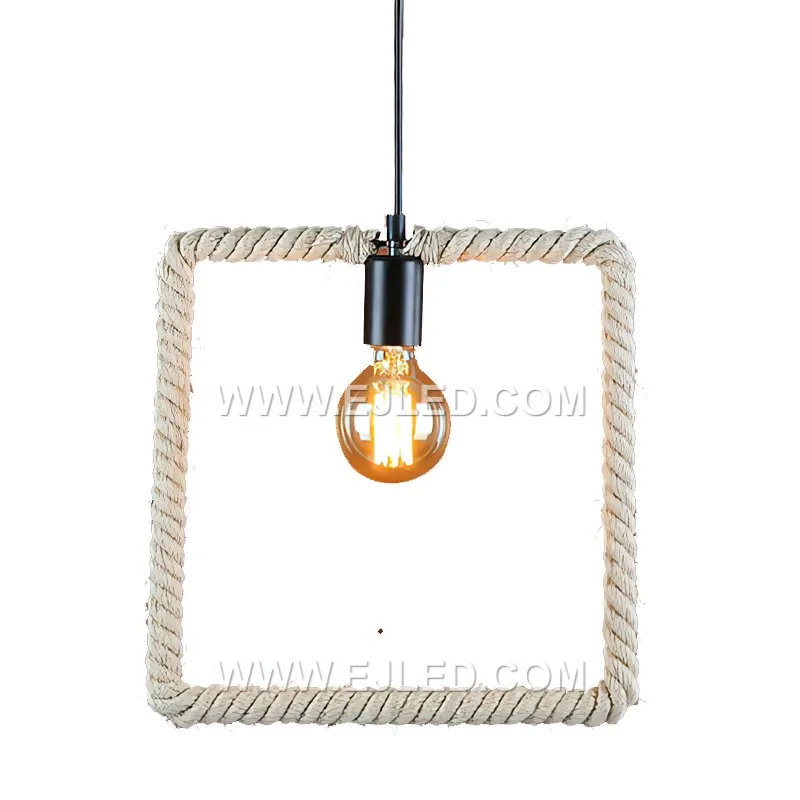
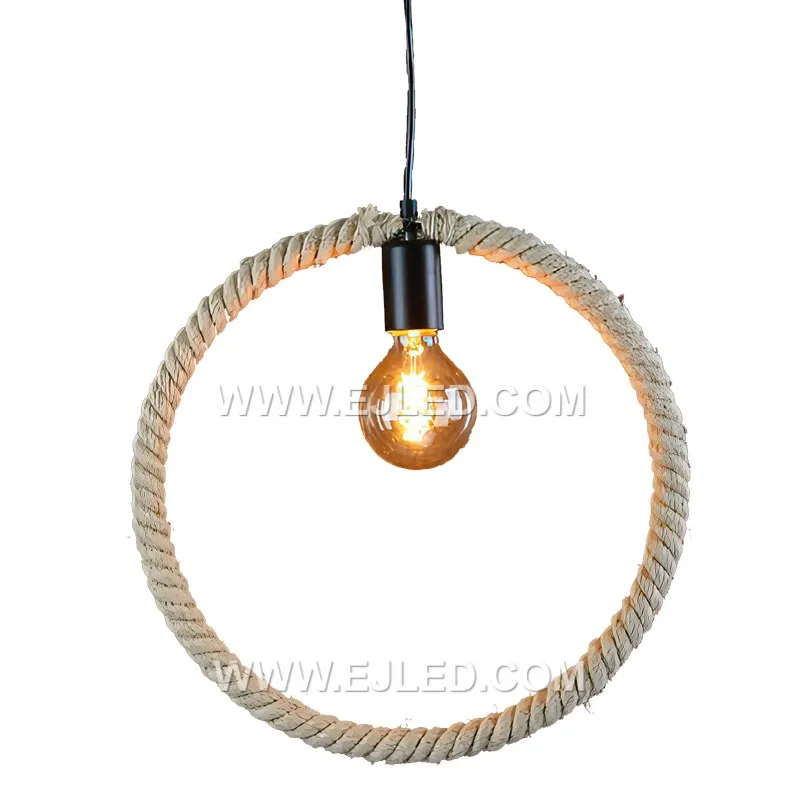
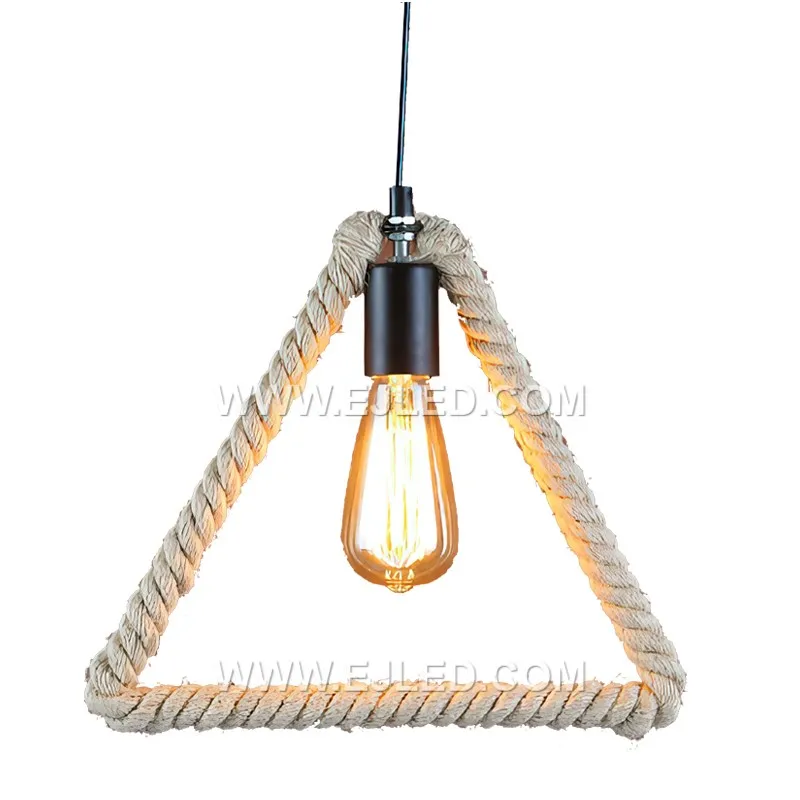
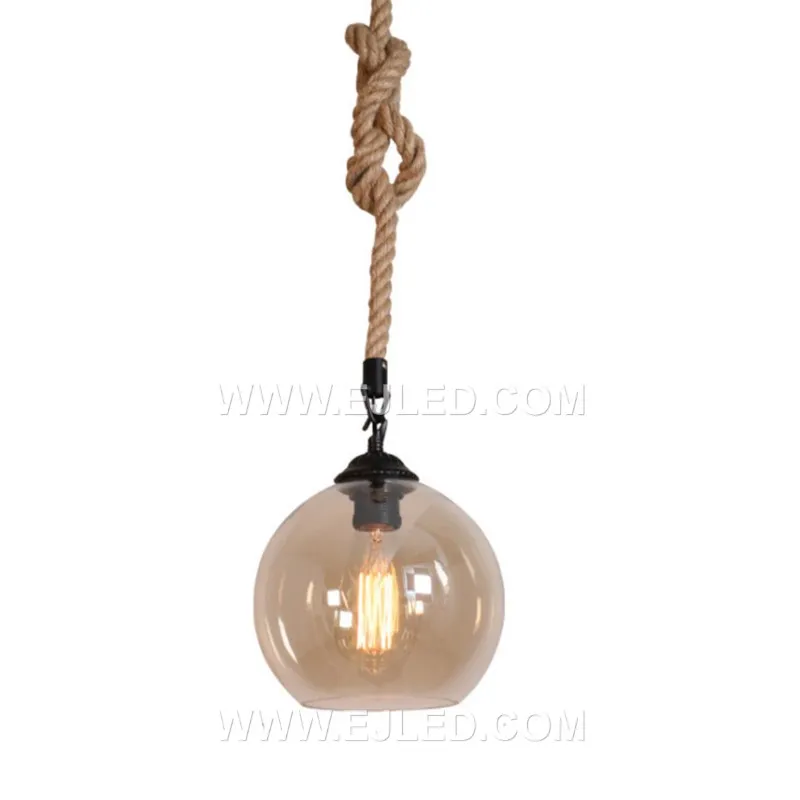
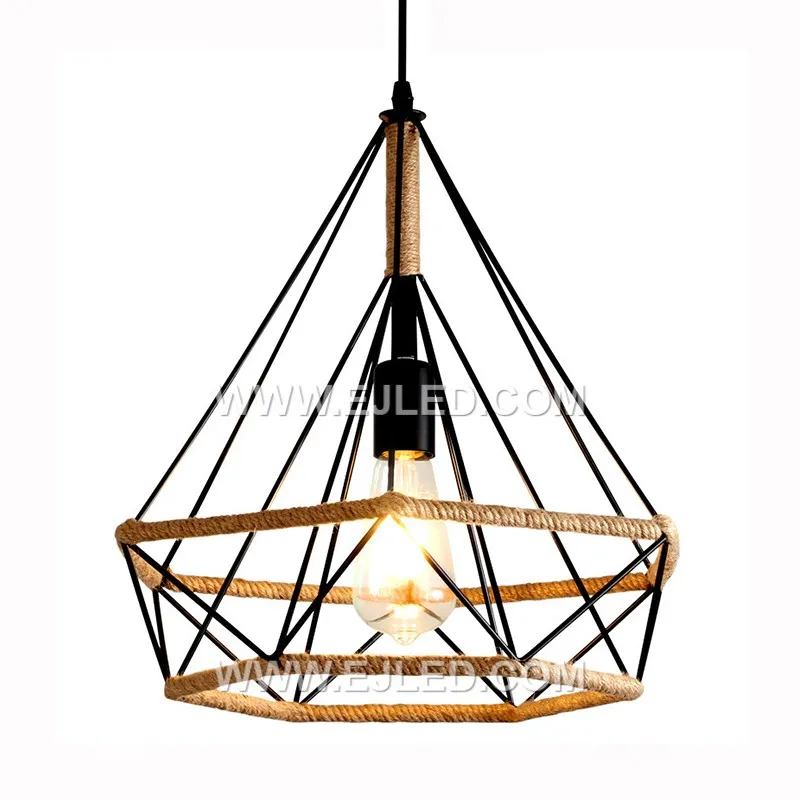
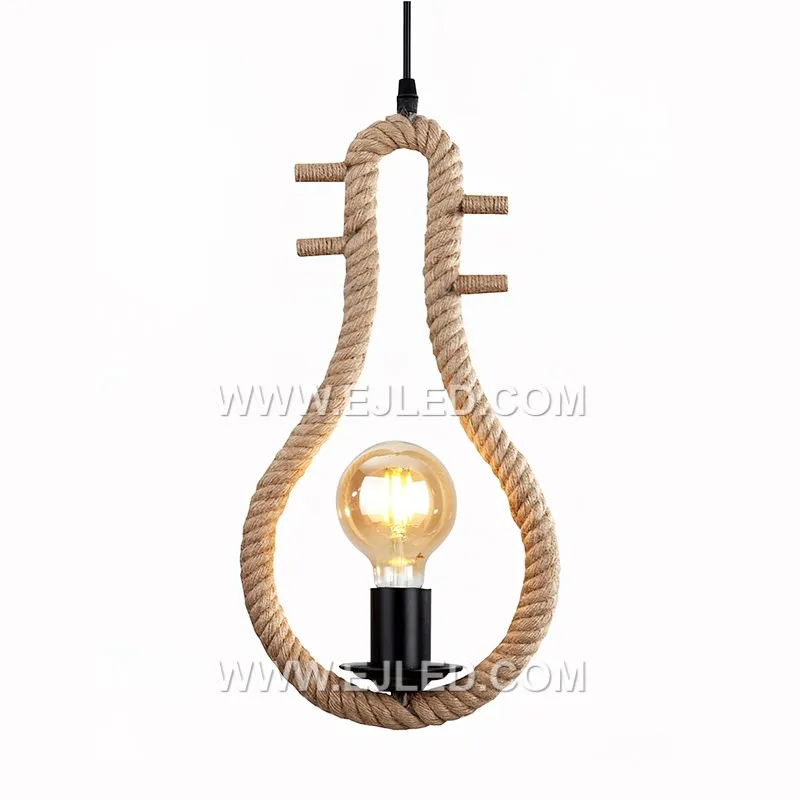
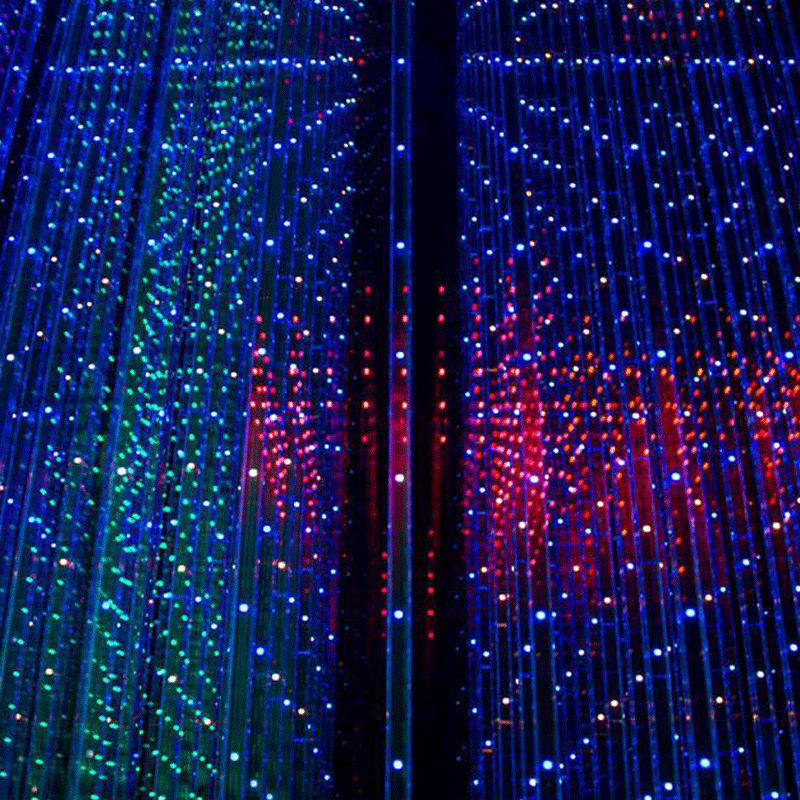

Leave a comment